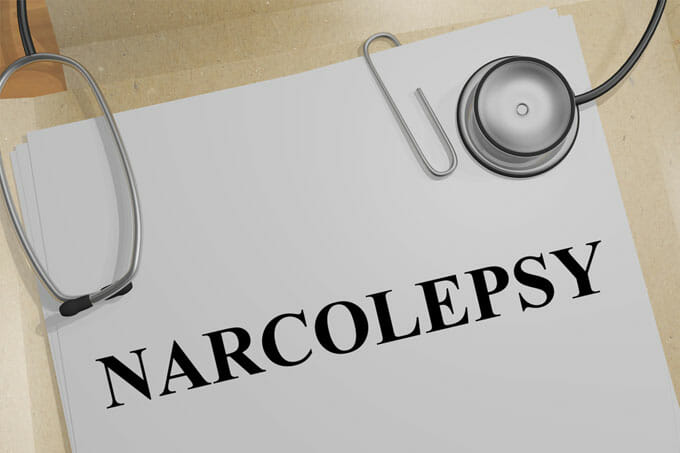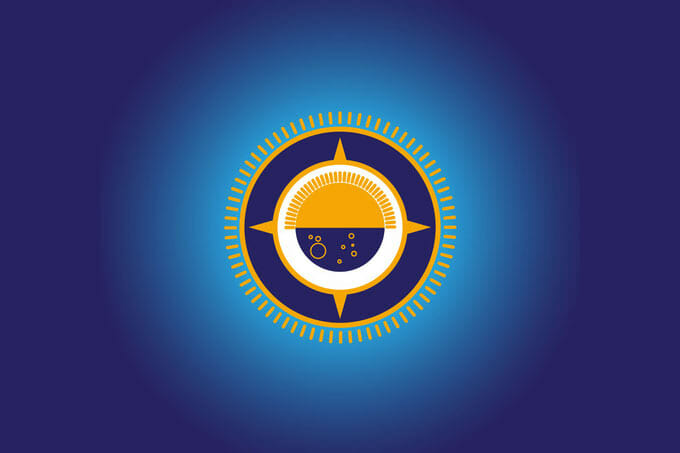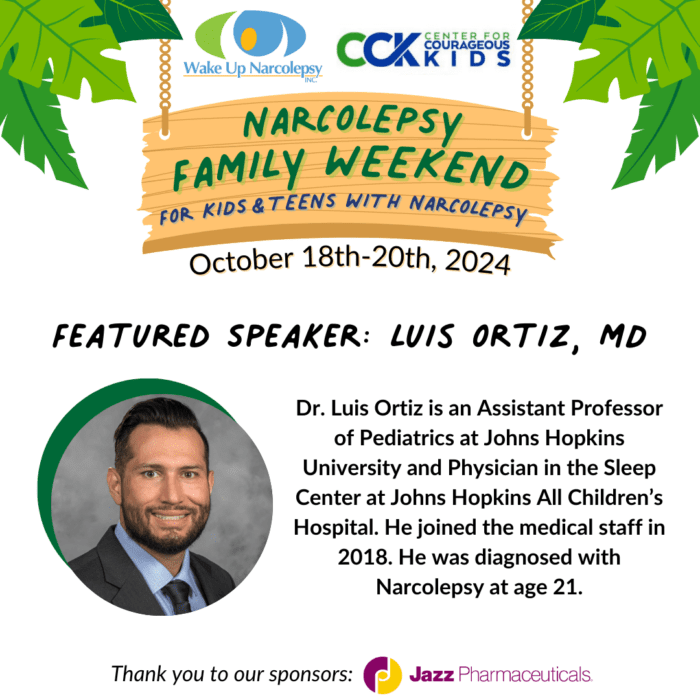On average, it takes 10 years from onset of symptoms to an official diagnosis of Narcolepsy and visits to approximately six different specialists. Prior to diagnosis, it is not uncommon for people to be misdiagnosed with other sleep disorders, depression, psychiatric conditions, ADHD and even epilepsy.
Diagnostic Screening
When you visit your doctor, he or she will ask for a detailed sleep history. The doctor may request that you fill out the Epworth Sleepiness Scale (or other sleepiness rating tools), which uses a series of short questions to gauge your degree of sleepiness. You will provide a score, based on a numbered scale, how likely it is that you would doze off in specific situations. This scale and other tools can be found below.
If your doctor suspects Narcolepsy, he or she will most likely recommend sleep studies. These sleep studies usually consist of Polysomnogram (PSG), which is an overnight stay in a sleep laboratory, followed the next day by the Multiple Sleep Latency Test (MSLT).
Polysomnography (PSG)
A PSG is a recording of brain waves, oxygen levels, eye movements, muscle tone and heart and breathing rates. During the PSG, a technician places multiple sensors, which are connected to a computer, on the patient’s head, neck, chest and legs. Additionally, a video records body movement, which together with the recoded brain activity, helps diagnose Narcolepsy.
Multiple Sleep Latency Test (MSLT)
The MSLT is a day time sleep study conducted after a PSG to assess the quality of your nighttime sleep and the degree of sleepiness during the day. The MSLT involves four to five naps scheduled at 2-hour intervals beginning a couple of hours after you wake up in the morning. It documents how readily a person can fall asleep, REM patterns, eye movements, heart rate, chin movements and certain brain activities. Individuals who fall asleep quickly and enter REM sleep during naps is one indication of Narcolepsy.
Other Tests
Human Leukocyte Antigens (HLA) Testing
Many individuals with Narcolepsy have a genetic marker, HLA-DQB1*0602, related to the immune system. While testing for this marker can be an informative step, it is not a definitive test for Narcolepsy, as approximately 20% of the entire population carries this gene.
Lumbar Puncture
The lumbar puncture is used to test the level of Hypocretin-1 in the cerebrospinal
fluid. It involves a spinal tap to collect the fluid. This test is specific to Narcolepsy, as there are no other conditions that cause a decrease in hypocretin levels.
Screening Tools
These tools are often used by medical professionals. The purpose of putting them here is to help you understand your sleep and what you may be asked to fill out. These should not substitute for diagnostic tools and any questions or concerns should be directed to a healthcare professional.

Narcolepsy TreatmentWhile there is no cure for Narcolepsy, individuals with Narcolepsy can lead full and productive lives. |



